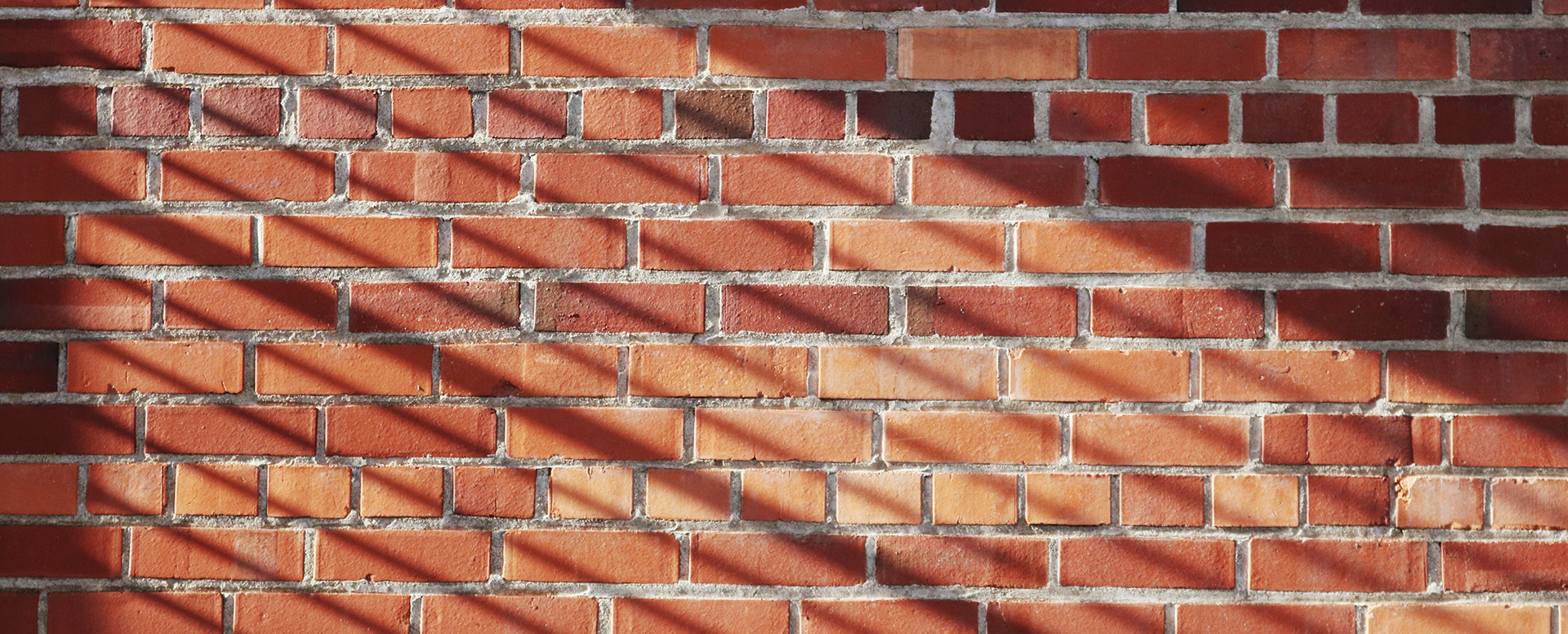Brickwork has been a cornerstone of construction for millennia, combining durability with aesthetic appeal. This timeless method involves laying bricks in a systematic manner, using mortar to bind them together. The result is a strong, enduring structure that can withstand the elements for generations.
Types of Bricks and Their Uses
Bricks come in various types, each suited to different needs. Commonly used types include clay bricks, known for their classic red colour and excellent thermal properties, and concrete bricks, favoured for their uniform size and shape. Firebricks, made from refractory ceramic material, are essential in high-temperature environments, while engineering bricks are prized for their strength and water resistance, making them ideal for foundations and sewers.
Bricklaying Techniques
The art of bricklaying is much more than stacking bricks. It involves choosing the right bonding pattern to maximize the structure’s strength and aesthetic. Common bonds include the sturdy ‘Stretcher Bond’, the traditional ‘Flemish Bond’, and the decorative ‘English Bond’. Each pattern has its unique characteristics and applications, from simple walls to intricate decorative work.
The Benefits of Brickwork
Brickwork’s popularity in modern construction is due to its many benefits. Aesthetically, bricks offer a range of colours and textures, allowing for creative design possibilities. Functionally, brick structures are known for their longevity, fire resistance, and excellent insulation properties. These qualities make brickwork a sustainable choice, reducing the need for frequent repairs or replacements.
Conclusion
Brickwork remains a fundamental aspect of modern construction, blending historical techniques with contemporary design. Its versatility, durability, and aesthetic appeal make it a preferred choice for a wide range of construction projects, from residential homes to commercial buildings. As technology advances, brickwork continues to evolve, promising even greater possibilities in the world of construction.

